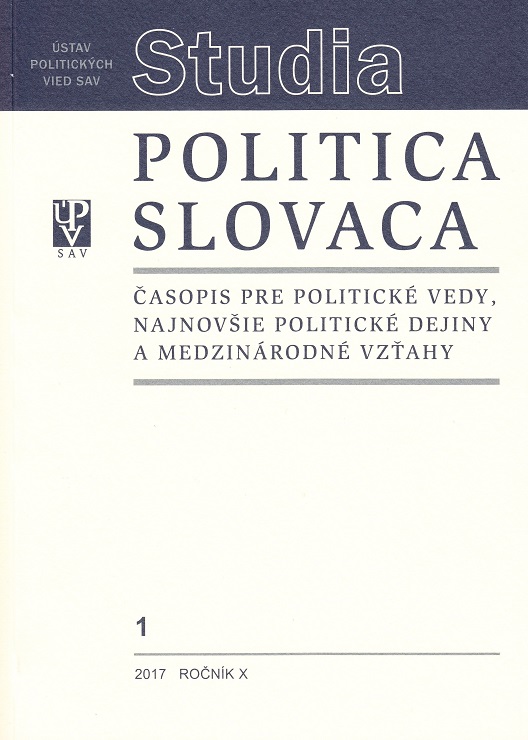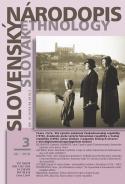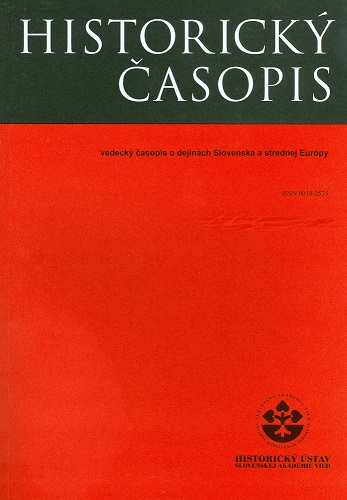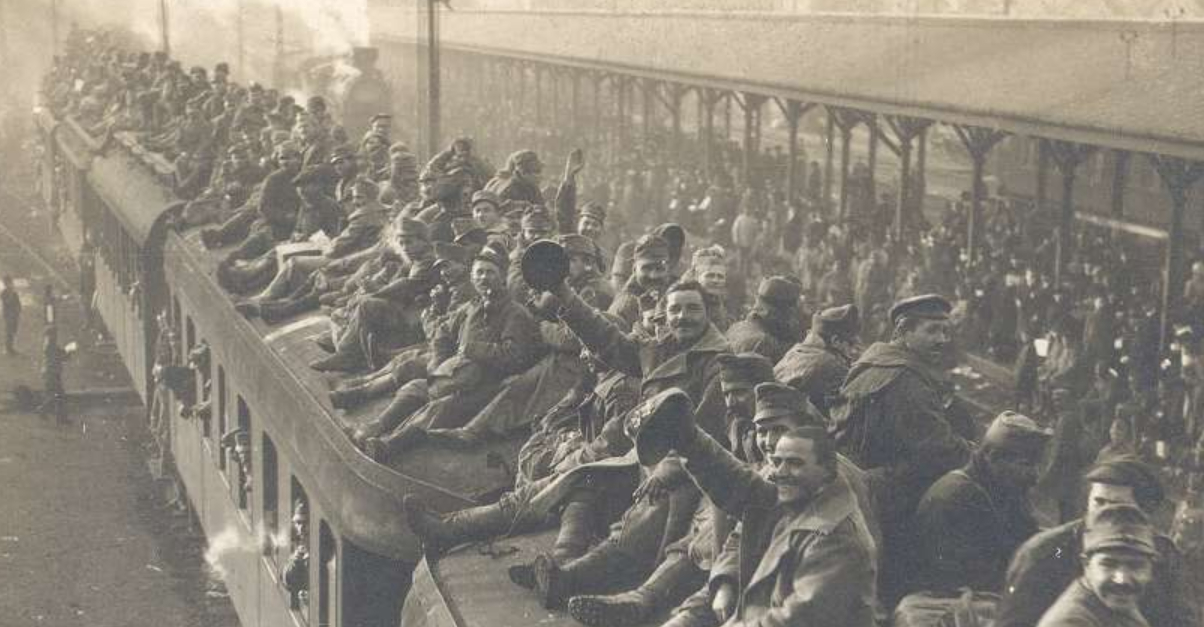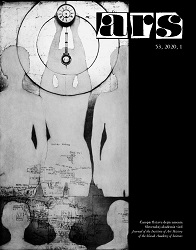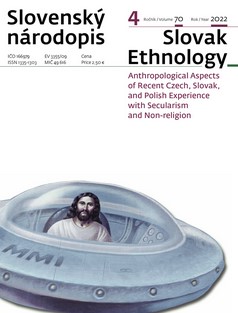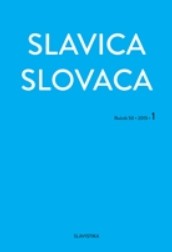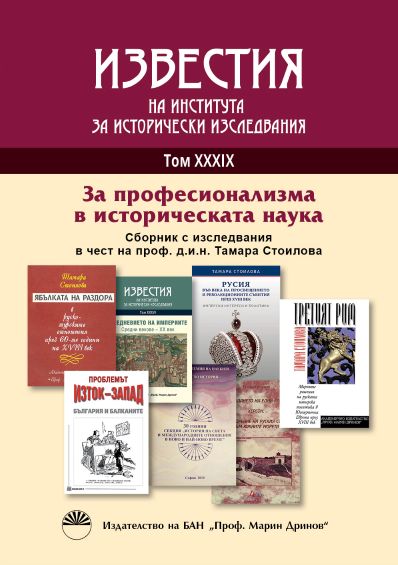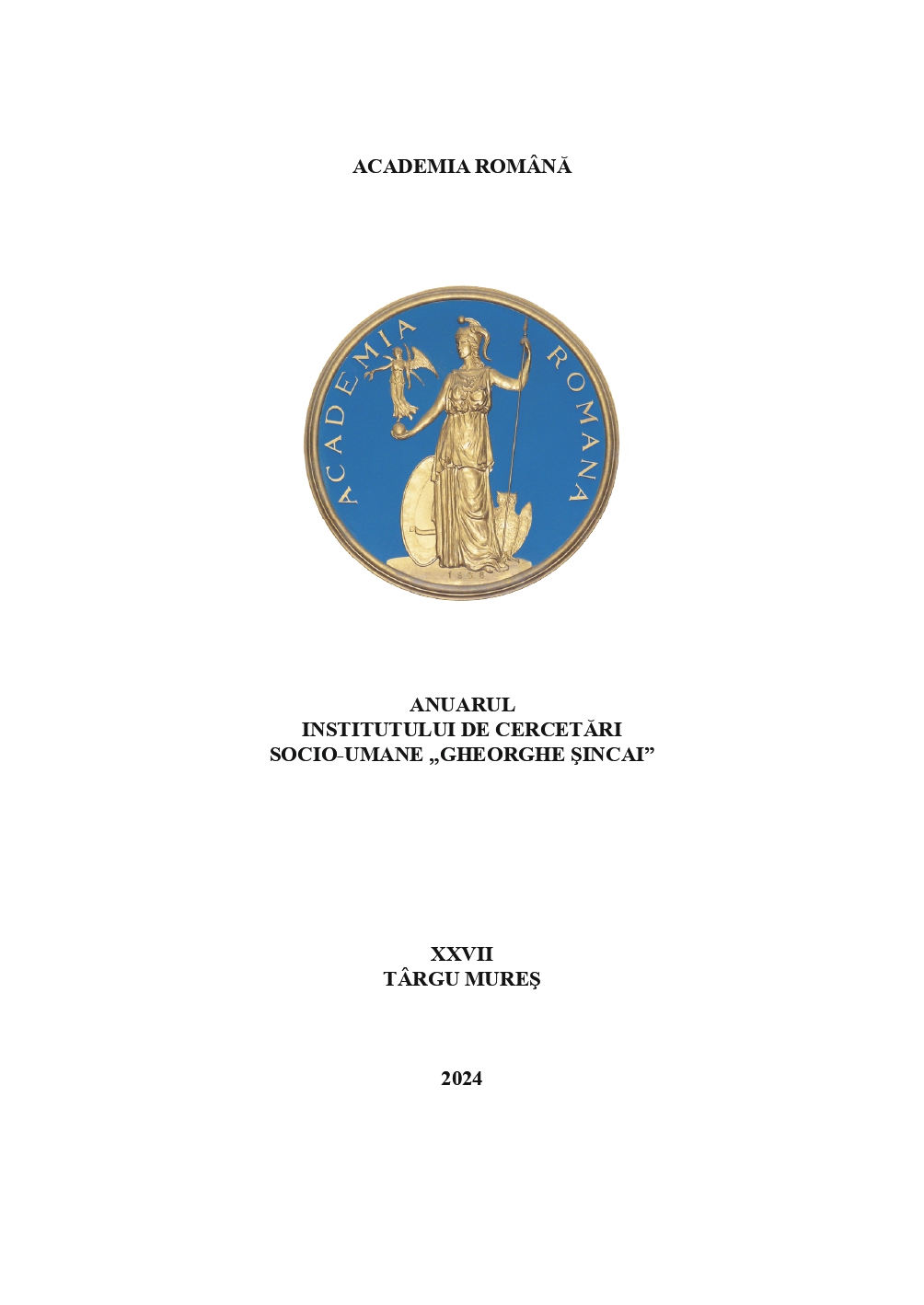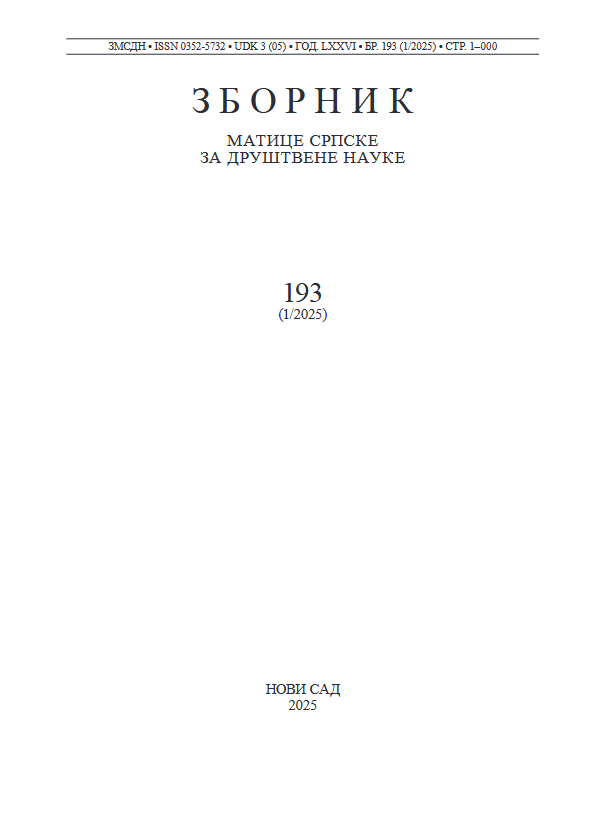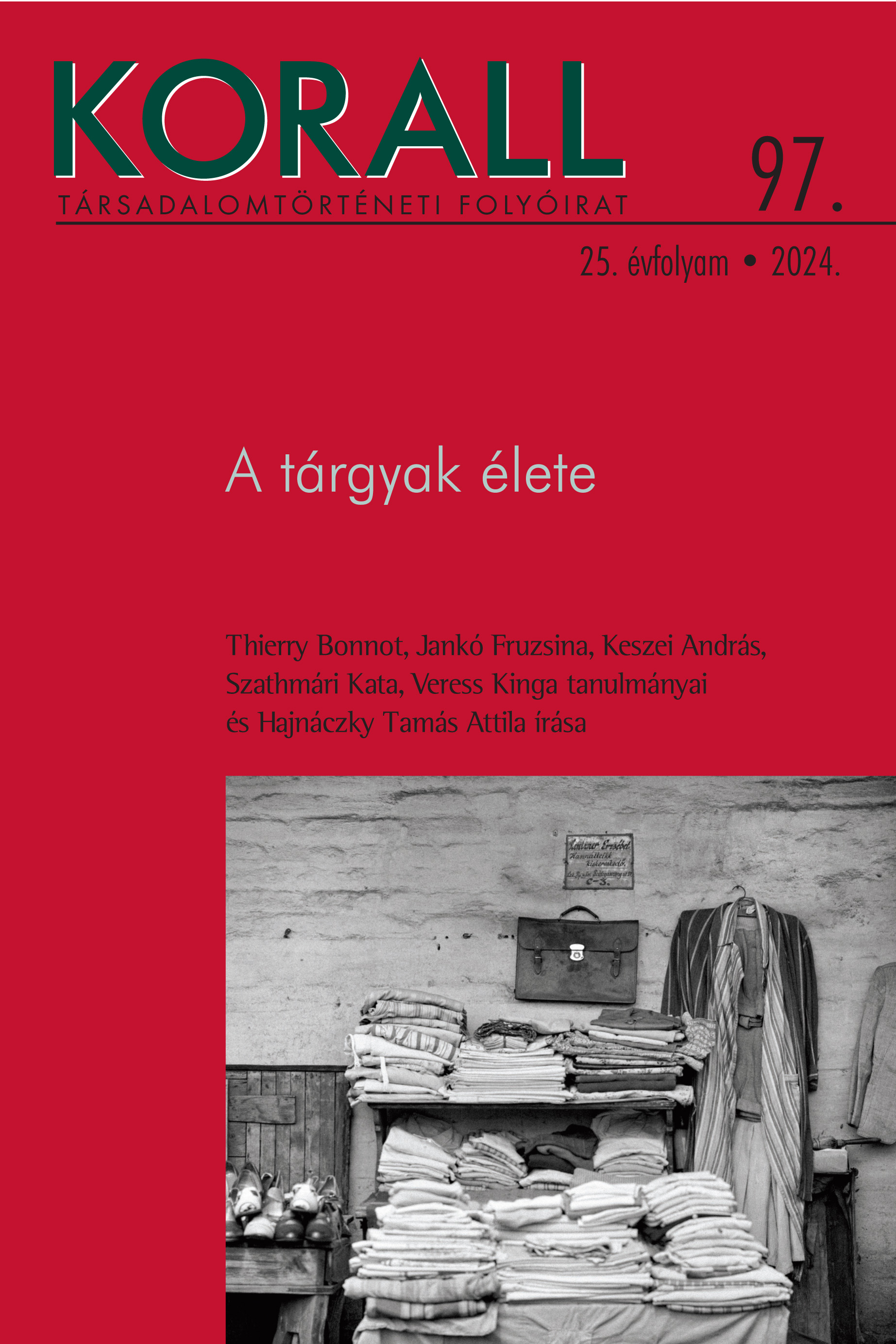DIVADELNÍK, KTORÝ MOŽNO PRIŠIEL PRISKORO – JACQUES COPEAU (1879 – 1949)
A collection of studies, essays and memories Jacques Copeau hier et aujourd´hui (Jacques Copeau Yesterday and Today), dedicated to one of the key personalities of 20th-century French theatre, Jacques Copeau (4 February 1879 – 20 October 1949), is not a common book publication in our cultural, theatre and scholarly context. It was initiated by the Slovak editor and author Miloš Mistrík and issued in French as a co-edition of VEDA, the publishing house of the Slovak Academy of Sciences, and Editions de l’Amandier based in Paris. It includes contributions by experts from six countries and three continents. The international team of researchers describes many aspects of Copeau’s legacy, which seem highly topical again today. As a bonus, the publication contains a play written by Copeau’s disciples Jean Villard Gilles and Michel Saint-Denis, Les jeunes gens et l´araignée ou la Tragédie imaginaire (The Youth and the Spider, or a Seeming Tragedy), which has been made available to the public in France and elsewhere for the first time.
More...

